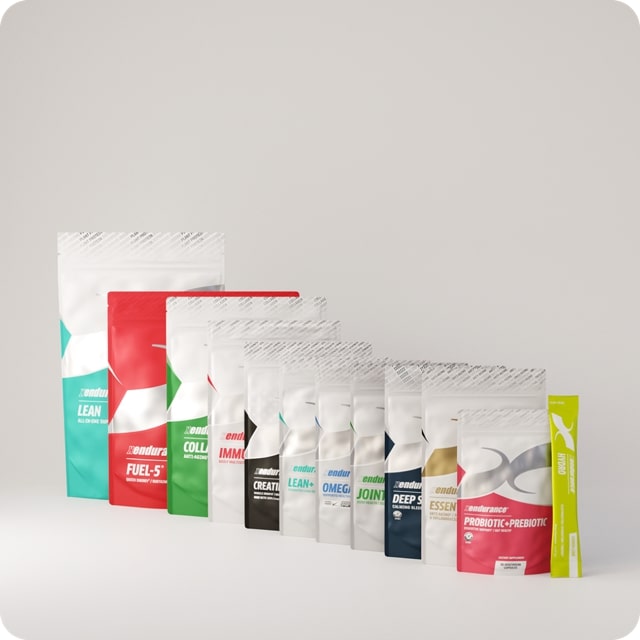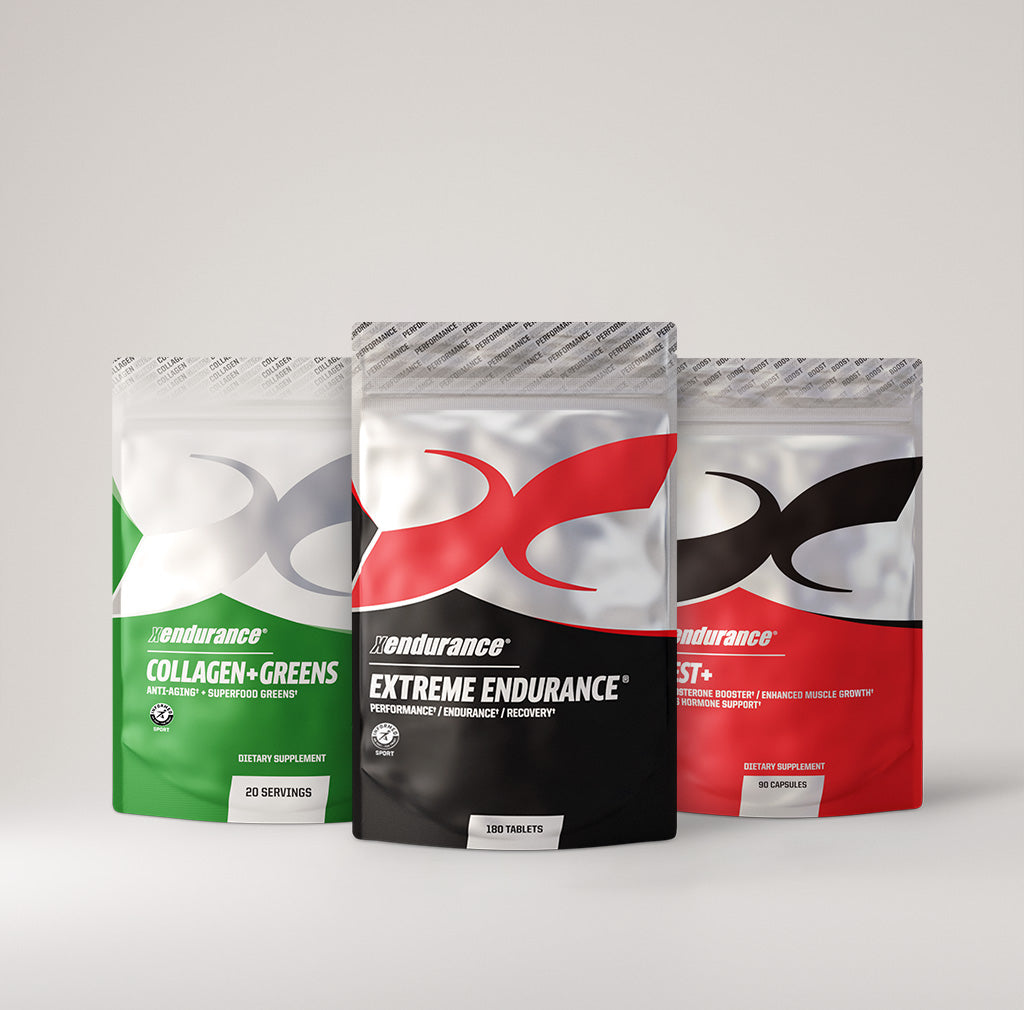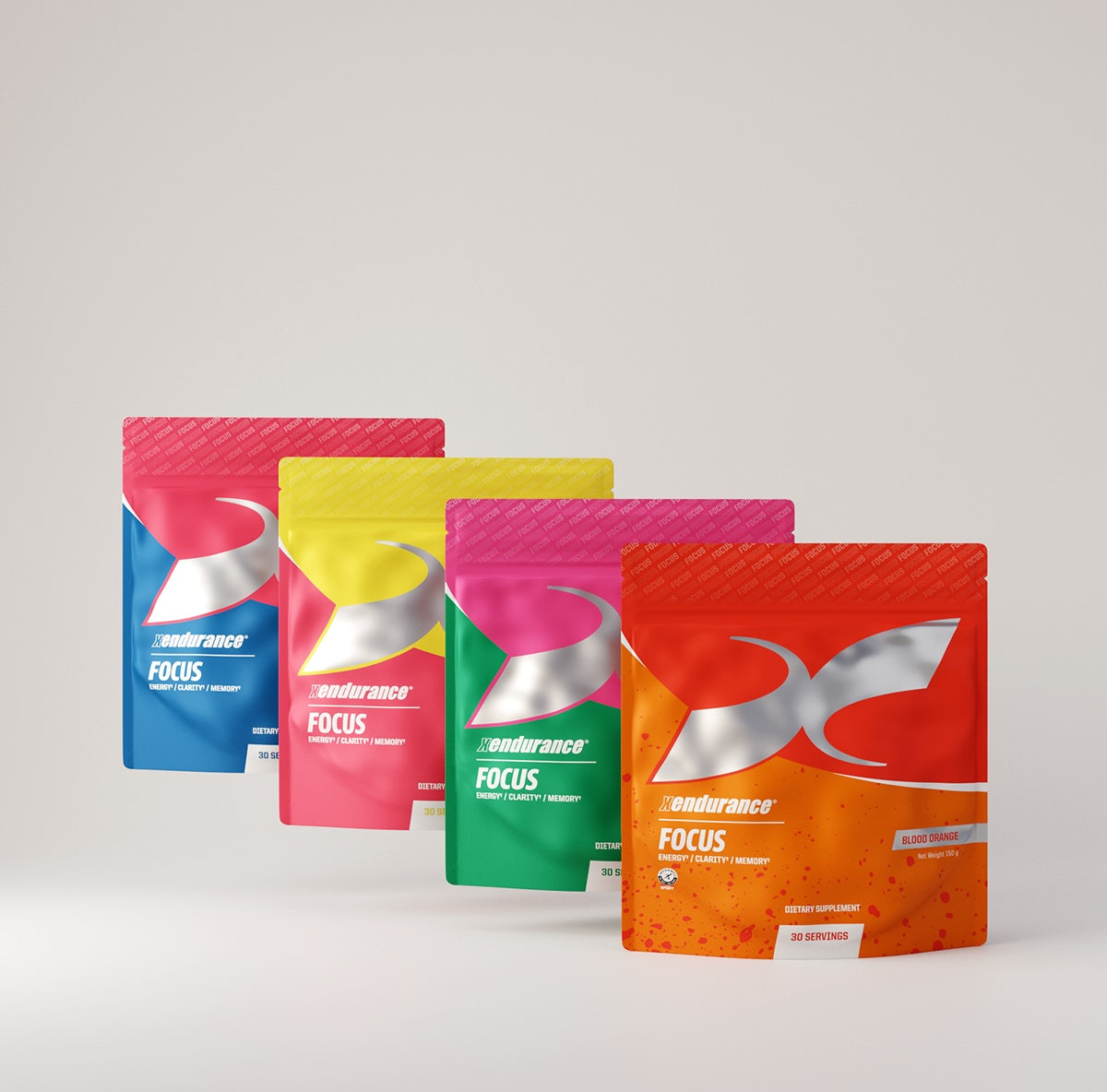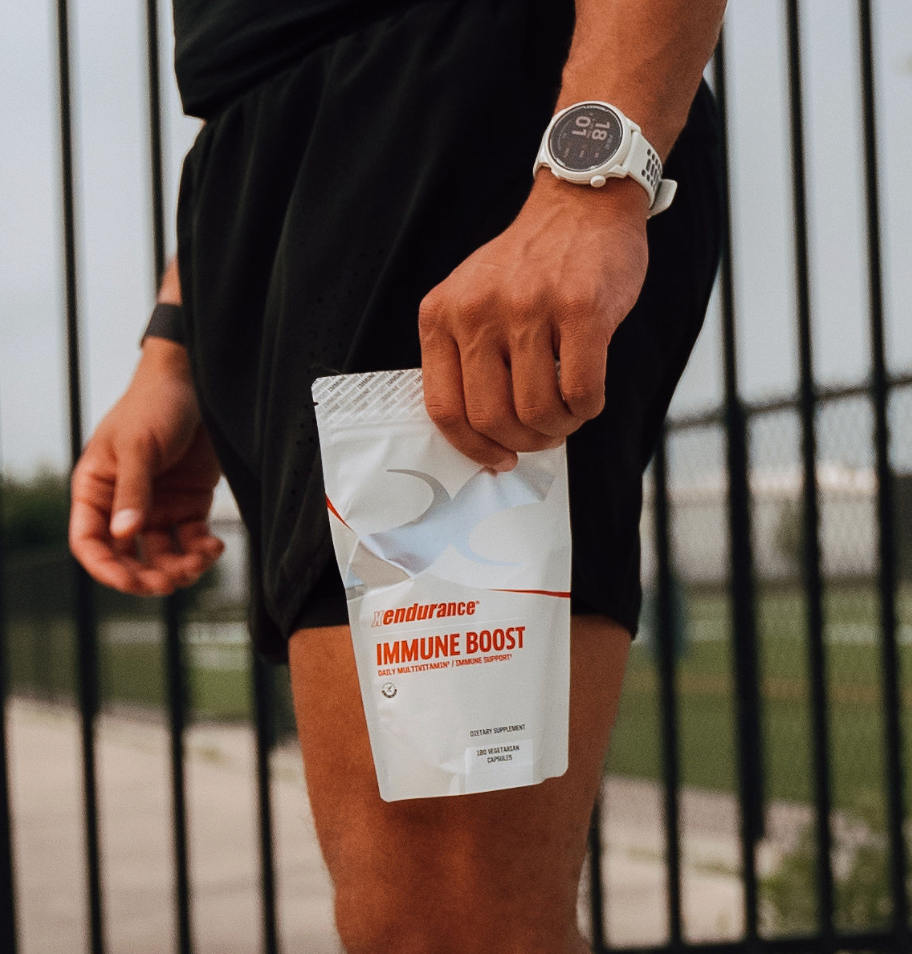Protein is often hailed as the building block of muscles, a key nutrient that powers recovery, growth, and performance in athletes. For young athletes pushing their limits in sports like soccer, gymnastics, swimming, or track, getting enough protein can make a difference in how they train and compete. But when it comes to kids and teens, parents frequently wonder: How young is too young to start focusing on protein intake? Should teenagers supplement with protein powders, and if so, how much? Does body weight play a role, or is it more about age? Are powders better than whole foods? And do factors like the type of sport or gender influence recommendations?
We'll tackle these head-on with science-backed insights and practical tips for parents, plus a spotlight on a star teen athlete's early protein strategy.
Understanding Protein's Role in Young Athletes
Protein is essential for everyone, but athletes have heightened needs because exercise breaks down muscle fibers, and protein helps repair and rebuild them. It also supports immune function, hormone production, and energy when carbs are low. For growing kids and teens, protein is even more critical as it aids in overall development during puberty, when muscle mass and bone density increase rapidly.
The Recommended Dietary Allowance (RDA) for protein in non-active teens is about 46 grams per day for girls and 52 grams for boys, according to dietary guidelines. However, young athletes often require more to support their training demands.
Research suggests that active adolescents should aim for 1.2 to 2.0 grams of protein per kilogram of body weight daily, depending on the intensity and type of activity. This is higher than the general population's 0.8 grams per kilogram, reflecting the added stress of sports.
But how young can this start? Protein needs begin from infancy, but for athletes, focused intake becomes relevant as soon as structured training begins—often around ages 8 to 12 for many sports. There's no strict "minimum age" for emphasizing protein, as long as it's from balanced sources. The key is ensuring it aligns with growth stages. For pre-pubescent children (under 11-12), the focus should be on meeting basic RDA through diet, without overemphasizing supplements. As kids enter adolescence, where growth spurts and intense training coincide, protein becomes a priority to prevent deficiencies that could lead to fatigue, poor recovery, or injury.
Should Teens Use Protein? How Much and at What Age?
Teens, typically ages 13-19, are in a prime window for athletic development, but their bodies are still maturing. Should they use protein? Absolutely, but primarily through food. Studies show that most teens can meet their needs without supplements if they eat a varied diet, but athletes may benefit from targeted intake during heavy training periods.
How much? Guidelines vary, but a common range for teen athletes is 1.1 to 1.5 grams per kilogram of body weight. For a 50-kilogram (110-pound) teenage girl playing volleyball, that's about 55-75 grams daily. A 70-kilogram (154-pound) boy in wrestling might need 77-105 grams. The International Society of Sports Nutrition (ISSN) supports intakes up to 2.0 grams per kilogram for those in strength sports or during growth phases, noting it's safe and can enhance adaptations to exercise.
Age matters here. For early teens (13-15), stick closer to 1.2 grams per kilogram to support growth without excess. By 16-19, when muscle-building peaks, higher amounts may be warranted, especially if training volume increases. A study in the Journal of the International Society of Sports Nutrition found that physically active individuals, including adolescents, benefit from 1.4-2.0 grams per kilogram without adverse effects. Parents should monitor for signs of inadequate protein, like persistent soreness or slow growth, and consult a pediatrician or sports dietitian.
Does Weight Come into Play?
Yes, weight is a primary factor in calculating protein needs, as recommendations are scaled per kilogram of body mass. This accounts for individual size— a heavier teen naturally requires more protein to maintain muscle and support activity. For instance, the American Academy of Pediatrics suggests young athletes consume about 0.7 grams per pound (1.5 grams per kilogram) of body weight. So, a 100-pound athlete needs around 70 grams, while a 150-pound one needs 105 grams.
This weight-based approach ensures personalization. During growth spurts, when weight increases rapidly, recalibrate intake. A review in Nutritional Considerations for Performance in Young Athletes emphasized that protein should be 0.8-1.2 grams per kilogram for health maintenance, but athletes may need up to 1.5-2.0 grams during caloric restriction or intense phases to preserve lean mass. Weight also influences total calorie needs, where protein should comprise 10-30% of daily intake.
Is a Powder Supplement Superior to Food Sources?
No, protein powders are not superior to whole food sources—in fact, experts recommend food first. Whole foods like chicken, eggs, fish, dairy, beans, nuts, and soy provide not just protein but also vitamins, minerals, fiber, and healthy fats that powders often lack. A position statement from the Academy of Nutrition and Dietetics highlights that teen athletes can build muscle effectively with food-based protein, and supplements are unnecessary for most.
That said, powders can be convenient for busy teens, offering quick absorption post-workout. Whey protein hydrolysate and isolate, for example, is rapidly digested, aiding recovery. However, a pilot study on adolescent athletes found that while supplements are common (22-71% usage), they don't outperform food and may carry risks like contamination or excess calories. The Mayo Clinic notes no evidence that supplements harm young athletes if used moderately, but over-reliance can lead to imbalanced diets.
For superiority? Food wins for nutrient density; powders are a supplement, not a replacement.
Does Sport Matter?
Absolutely—the type of sport influences protein needs. Endurance sports like running or swimming require moderate protein (1.2-1.4 grams per kilogram) for repair and energy, while strength or power sports like weightlifting or football demand higher (1.6-2.0 grams per kilogram) for muscle hypertrophy. A recent study on protein intake in adolescent athletes by sport type recommended 1.5-2.0 grams per kilogram for power athletes and 1.2-1.6 for endurance, with timing around workouts key.
For team sports like basketball or LaCrosse, a balanced 1.4-1.7 grams suffices. Parents should adjust based on training—more protein during seasons with high volume.
Does Gender Matter? Should Boys Take It Before Girls?
Gender plays a minor role, mainly due to differences in muscle mass and hormones. Boys often need slightly more protein (52 grams RDA vs. 46 for girls) because of higher testosterone driving muscle growth. However, per kilogram, needs are similar—1.2-2.0 grams for both. Girls may prioritize protein during puberty for bone health, as estrogen influences calcium absorption.
Should boys start before girls? No evidence supports this; it depends on individual development and training start. A Frontiers in Nutrition study found no significant gender-based differences in protein efficacy for adolescent athletes, emphasizing total needs over sex. Both can begin focused intake around 12-13 if active, but girls might need monitoring for iron alongside protein.
Science and Studies: Guidelines for Parents
Several key studies provide solid guidelines. The ISSN position stand affirms 1.4-2.0 grams per kilogram is safe and beneficial for active youth. A PMC review on young athletes recommends 1.5 grams per kilogram daily, with whole foods preferred. Research in Frontiers in Nutrition evaluated current recommendations, finding that teens often exceed RDA but benefit from optimized timing—0.25 grams per kilogram every 3-4 hours.
A pilot study on supplements in teens showed 60% usage among 13-18-year-olds, but warned of risks without proven superiority over food. Parents: Track intake via apps, ensure variety, and avoid excess (over 2.5 grams per kilogram) to prevent kidney strain in healthy kids.
Real-World Example: Coco Gauff's Protein Routine
Tennis prodigy Coco Gauff, who burst onto the scene as a teen (winning her first WTA title at 15 in 2019), has openly discussed her protein focus. In a 2025 interview, the now-21-year-old said, "I always need protein. I take protein after practice, but to have it throughout the day on the go definitely helps a lot." Gauff, who started elite training young, balances shakes for convenience with meals like fruit and balanced proteins, showing how supplements can fit without dominating. Her approach aligns with guidelines—practical for a demanding sport— and she's thrived, winning Grand Slams while prioritizing recovery.
Empowering Young Athletes Safely is the Goal
Protein is vital for young athletes, starting as early as organized sports begin, but always through balanced diets first. Teens should aim for 1.2-2.0 grams per kilogram, scaled by weight, sport, and gender nuances, with food sources trumping powders. Backed by studies like those from ISSN and ADA, these guidelines help parents foster healthy habits. Monitor progress, consult experts, and remember: nutrition fuels dreams, as seen in stars like Gauff. With the right approach, your young athlete can perform at their best without risks.









コメントを書く
このサイトはhCaptchaによって保護されており、hCaptchaプライバシーポリシーおよび利用規約が適用されます。